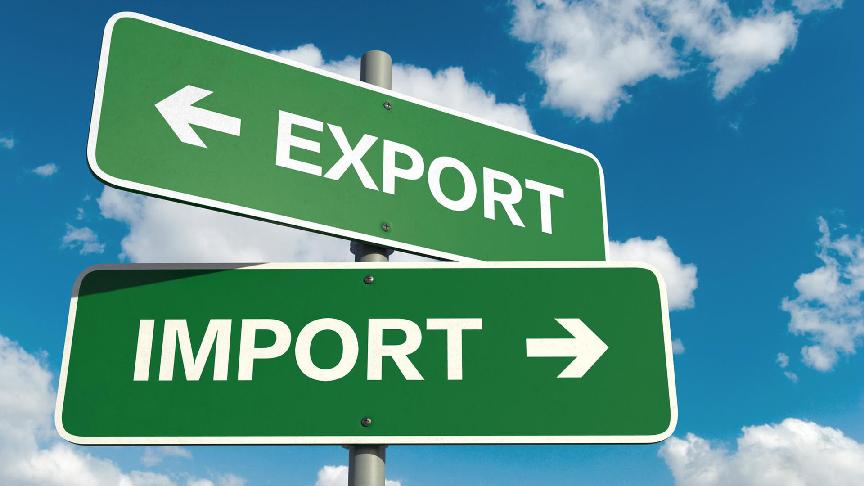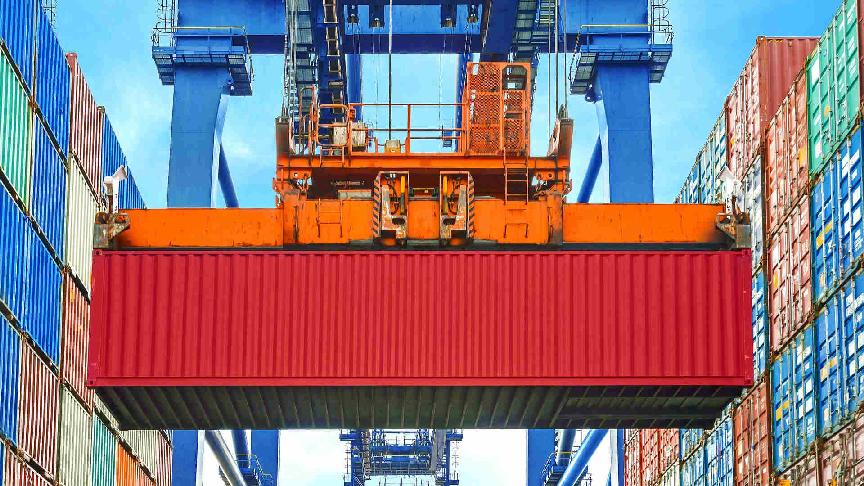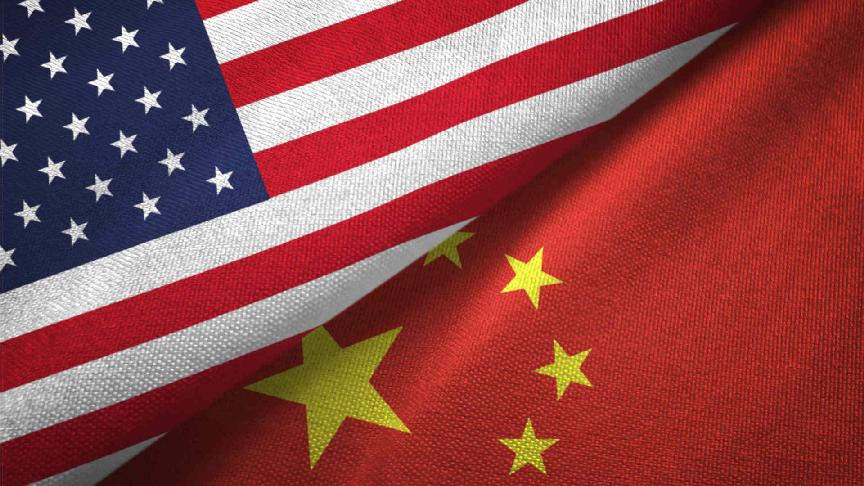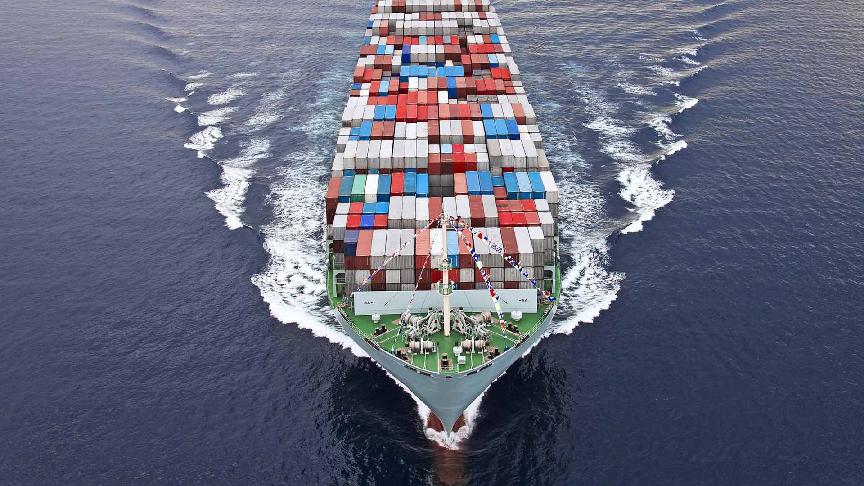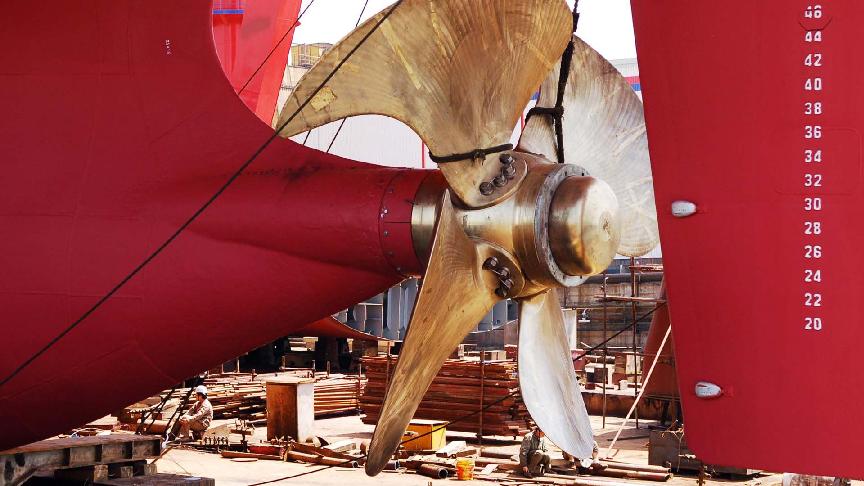14 August 2025 (Lloyd's List) - COULD the courts rule that US President Donald Trump’s use of emergency powers to enact tariffs is illegal, and if so, how could that affect container shipping demand?
The widely held view of economists is that tariffs, which are taxes on US importers, are a negative for US consumer demand.
Thus, a final ruling against Trump’s so-called reciprocal and fentanyl tariffs — enacted using the International Economic Emergency Powers Act of 1977 (IEEPA) — would be a positive for container shipping demand.
Even if Trump reimposed tariffs via alternate means, US importers would still have the ability to request refunds of IEEPA tariffs they already paid, a positive for bottom lines and liquidity, supporting future import volumes.
According to US Census Bureau data compiled by freight economist Jason Miller, a professor at Michigan State University, US customs duties in May and June were $18bn per month over the previous year’s levels.
This implies that if the Supreme Court rules against IEEPA tariffs, the aggregate refund would be well over $100bn.
In contrast, an eventual US Supreme Court ruling in favour of Trump’s emergency tariffs would lock in current import taxes and confirm that Trump has carte blanche to set levies at any rate he pleases going forward.
That final judicial nail in the coffin would compel any businesses that hadn’t already incorporated long-term levies into their business models to finally do so, another negative for shipping demand.
The Trump administration is making a completely different argument: that a court decision against emergency tariffs would be an economic disaster for America, leading to a depression, which, by definition, would be negative for import demand.
‘Trump’s Doomsday Tariff Letter’
The US Court of International Trade ruled in late May that Trump’s IEEPA tariffs were illegal. That decision was stayed upon appeal, keeping levies in place.
The US Court of Appeals for the Federal Circuit held an en banc hearing on the CIT decision on July 31. The judges’ questions implied a high degree of scepticism toward the Trump administration’s position, leading to speculation that CAFC could uphold the CIT decision.
The Trump administration is behaving as if it expects to lose the CAFC case and is pre-emptively demanding that the CAFC decision is stayed until it is heard on final appeal by SCOTUS when it returns from summer recess in October.
“Suddenly revoking the president’s tariff authority under IEEPA would have catastrophic consequences,” Trump’s attorney, Brett Shumate, wrote a letter to CAFC on Monday.
“The president believes that our country would not be able to pay back the trillions of dollars that other countries have already committed to pay, which could lead to financial ruin,” wrote Shumate, in what the Wall Street Journal dubbed “Trump’s Doomsday Tariff Letter”.
“The president believes that a forced dissolution of the agreements could lead to a 1929-style result,” said Shumate. “In such a scenario, people would be forced from their homes, millions of jobs would be eliminated, hard-working Americans would lose their savings, and even Social Security and Medicare would be threatened.”
Trump made the same argument in a Truth Social post, warning that “it would be 1929 all over again, a GREAT DEPRESSION”, and “there is no way America could recovery from such a judicial tragedy” if “a Radical Left Court ruled against us at this late date”.
The “trillions” cited in Shumate’s letters refer to tentative investment agreements made by other countries as part of trade negotiations signed under threat of higher IEEPA tariffs.
The US doesn’t have that money yet, so there would be nothing to pay back if the courts rule against IEEPA tariffs.
“These are non-binding commitments, and the government wouldn’t have to pay back anything to countries if tariffs are blocked,” wrote the WSJ editorial board, calling it an “out-of-this-world argument”.
What would have to be given back is the IEEPA tariffs paid by US importers, which are easily within the US government’s ability to cover. Trump’s legal team admitted this in a court filing on May 28.
Arguing for a stay pending the appeal of the CIT decision, they wrote: “A stay will not harm plaintiffs. Even if the judgements were affirmed on appeal, plaintiffs still would not be harmed because defendants will issue refunds as directed by the court, including any post-judgement interest that accrues during the pendency of the appeal.”
According to the WSJ, “Obtaining a refund could be a bureaucratic mess and take years. But putting an end to this tax increase would be a relief to thousands of businesses.”
Treasury Secretary Scott Bessent addressed the litigation issue during a Fox Business interview on Tuesday.
“If the tariff court rules against us, it will immediately be enjoined, so the tariffs will likely continue, then it will go to the Supreme Court in October, then we would expect a ruling in January.
“I think with the more deals we’ve done, and the more money that’s coming in, it gets harder and harder for SCOTUS to rule against this,” said Bessent.
His initial estimate was that tariffs would bring in $300bn annually “but I think we’re going to have to substantially revise that up”, said Bessent. He added that foreign investment pledges that have been compelled by the tariffs are “well over $10trn”.
The argument made by Trump, Shumate and Bessent is that the courts should approve the tariffs, and/or enact a stay to maintain them on appeal, because the economic consequences of not doing so would be too severe.
The counterarguments are: first, courts rule on matters of law, and second, the economic harm of the IEEPA tariffs on US businesses — and ultimately consumers — is itself too severe.
Deutsche Bank foreign exchange strategist George Saravelos said in a client note last month, “The top-down macro evidence seems clear: Americans are mostly paying the tariffs.”
Goldman Sachs chief economist Jan Hatzius wrote in a research note on Sunday that US businesses are eating 64% of the tariff, with 22% being passed on to US consumers via higher prices, and 14% being absorbed by foreign exporters.
Trump responded that Goldman Sachs “should find a new economist”.
Supreme Court ruling will bring certainty
If the Trump administration loses an eventual Supreme Court appeal, it could use other means to replace IEEPA tariffs.
Trump has the authority under the Trade Act of 1974 to replace IEEPA tariffs with 15% blanket tariffs for 150 days, and he could use that time to go through the traditional section 301 and 232 processes to replicate IEEPA tariffs.
But these may not be as negative for container shipping demand as IEEPA tariffs.
Shumate wrote in his letter to CAFC: “Other tariff authorities that the president could potentially use are short-term and not nearly as powerful.”
A court decision would also give importers and the shipping industry relief from uncertainty. The IEEPA litigation represents an enormous question mark hanging over business plans, given its future impact on the cost of goods for US imports.
“The real story this year is not just about tariffs, because we’ve had tariffs for years — the problem is uncertainty,” said Zac Rogers, associate professor of supply chain management at Colorado State University, during a port of Los Angeles press conference on Wednesday.
“Uncertainty has sort of paralysed decision makers in the supply chains,” said Rogers.
“Everybody in our industry is watching this [court case] really closely,” said port of Los Angeles executive director Gene Seroka.
“I don’t think it’s about people rooting for or against; it’s about the level of uncertainty that Zac underscored,” said Seroka.
“We need to figure out what’s happening. I was in Washington this week and the folks I talked to, especially at the Commerce Department, asked me: What do you see? How do you want to do things?
“And I said: Just tell me the ground rules so I can get to work. Once we understand the rules, we can go to work. If you just leave any issue to litigation, nobody wins.”


